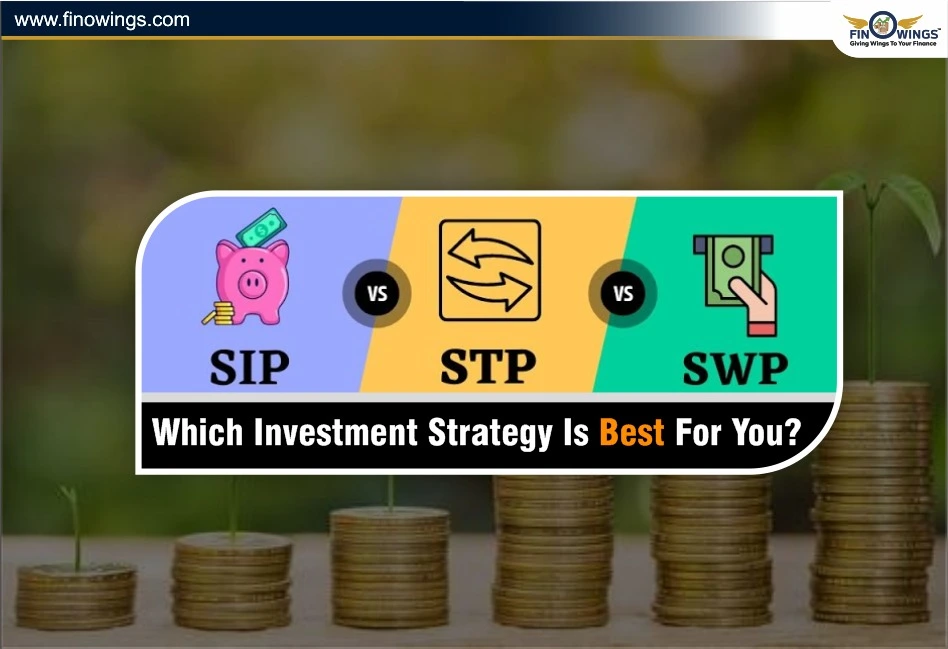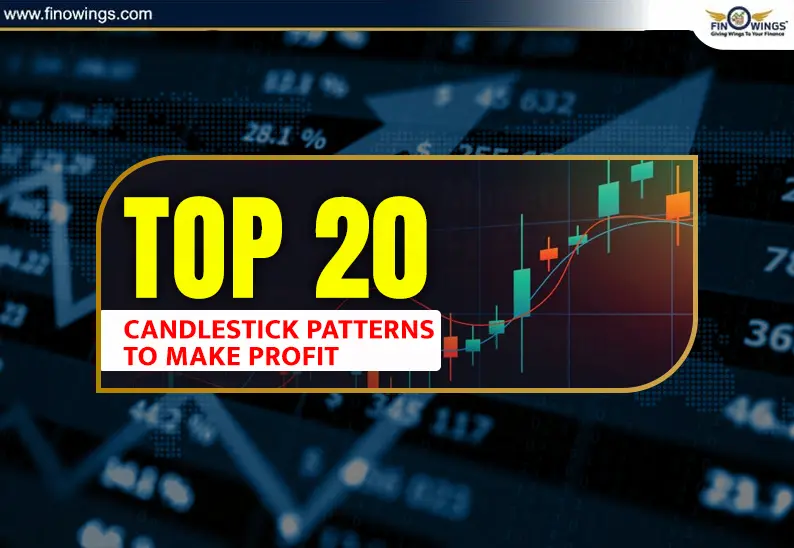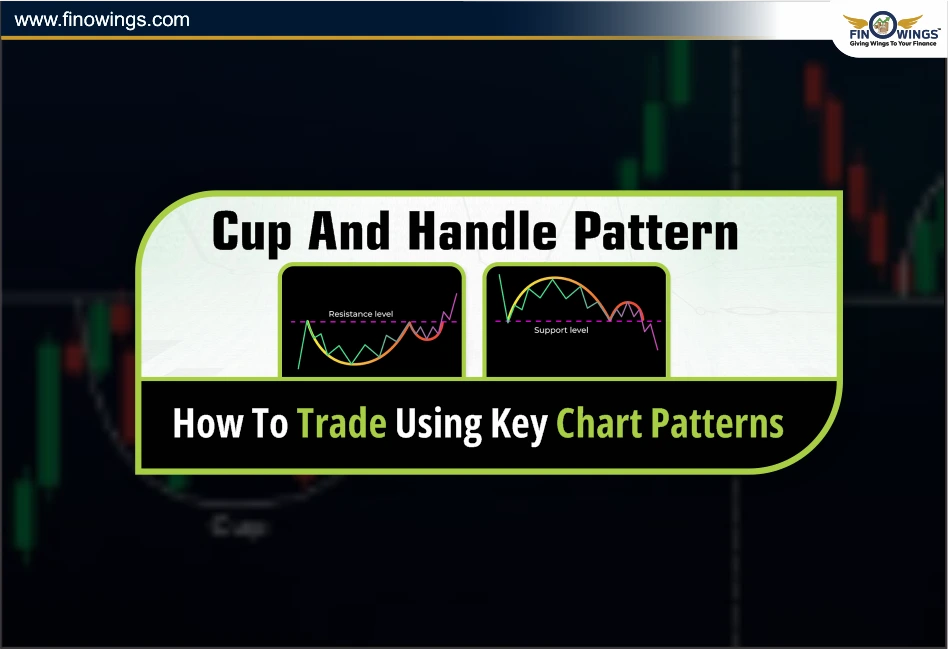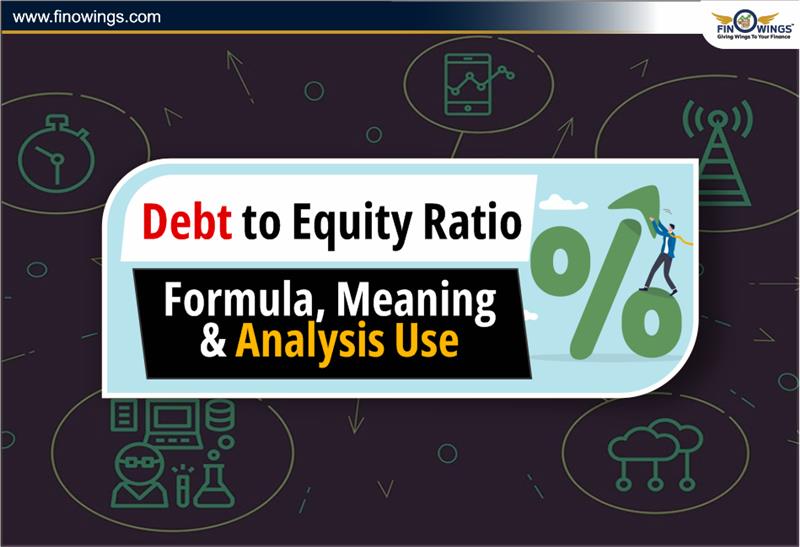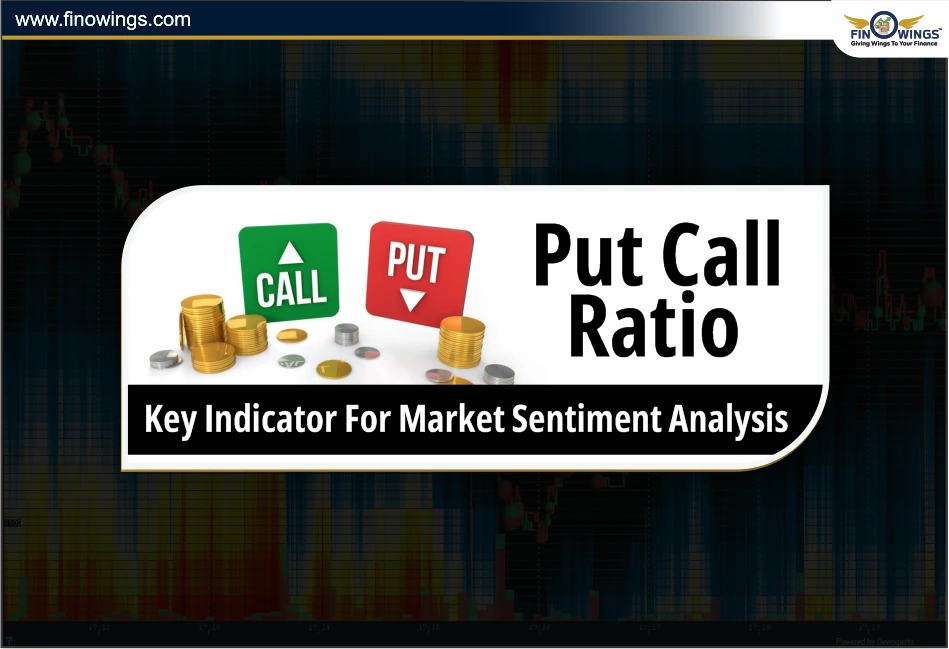Home >> Blog >> MMI Index: How to use the Market Mood Index For Smart Trading?
MMI Index: How to use the Market Mood Index For Smart Trading?
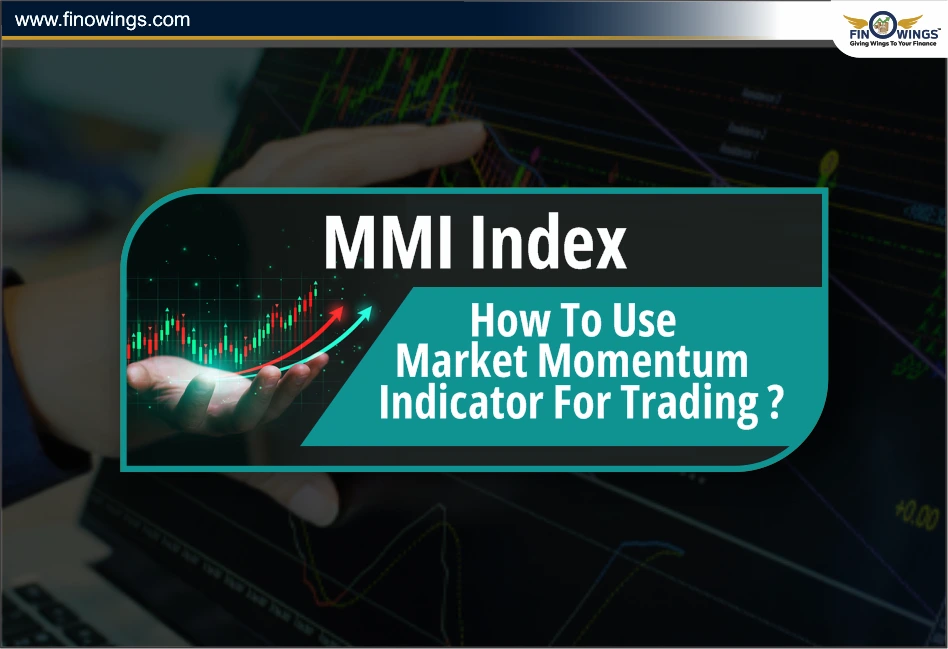
Table of Contents
- Introduction
- What is the MMI Index?
- How to Calculate the MMI Index?
- Interpreting the MMI Index
- MMI Accuracy
- MMI vs Traditional Indicators
- Uses of MMI
- Benefits of the MMI Index
- Risks of the MMI Index
- Zones of Market Mood Index
- Factors to consider before using the MMI
- Alternatives of the MMI Index
- Conclusion
Introduction
When it comes to technical analysis and algorithmic trading, determining whether a market is ranging or trending is integral in constructing a strategy. One such powerful, yet uncommon tool in this model is the MMI Index or market mood index.
In this post, we will cover the MMI Index, its calculation and its significance alongside how traders can use it to filter out noise and make better decisions in trading.
What is the MMI Index?
The MMI Index is a non-planned indicator designed to determine market trend directional shifts and sideways moves. Compared to other momentum indicators, which look at direction metrics, it looks solely at market structure and price action.
Key Features:
Non-Planned: MMI does not indicate whether the market is going up or down.
Structure-focused: It seeks to measure the ‘randomness’ or ‘order’ of the price movement.
Effective Filter: Helps algorithmic trading systems to determine the best time to activate trend-following or mean-reversion strategies.
How to Calculate the MMI Index?
As with other relative indexes, the MMI is based on the statistical study of local extrema, meaning each peak or trough on the price chart.
Step By Step Calculation:
-
Define a Window: Select a lookback period n: e.g. 100 candles.
-
Determining Local Extrema.
-
A point can be classified as a local maximum if it is higher than its neighboring values.
-
An individual point can be classified as a local minimum if it is lower than its neighboring points.
-
Compute Actual Extremes within that window.
-
Compute Maximum Possible Extremes: For periodic alternating oscillations, this is estimated to be n/2.
MMI Formula
Interpreting the MMI Index
|
MMI Value |
Market Behavior |
|
0-30% |
Highly random, no structure |
|
30-60% |
Range-bound or noisy market |
|
60-100% |
Strong trend/momentum |
Low MMI - Sideways market (ideal for mean reversion strategies)
High MMI - Trending market (good for trend following strategies)
MMI Accuracy
The precision of the Market Mood Indicator is a topic of contention among market professionals. Some suggest that it can forecast the peaks and troughs of the market with accuracy exceeding 90%. However, such claims remain highly debated.
Aside from measuring investor sentiment, MMI deals with emotions such as fear and greed that may drive fear in the market. For this reason, it does not predict outcome directional results or outcomes with certainty either.
The following can all change market dynamics:
Example-
-
Economic and Financial Reports
-
Geostrategic Alterations
-
Unanticipated Market and Event Shocks
Moreover, MMI readings are inclined to yield misinterpretations.
Example-
-
Intense dread does not guarantee that a market collapse is imminent.
-
Intense greed does not mean that there will be a market growth surge.
MMI vs Traditional Indicators
|
Feature |
MMI Index |
RSI / MACD / Momentum |
|
Directional |
No |
Yes |
|
Market Phase Detection |
Yes |
No |
|
Lagging/Leading |
Semi-leading |
Lagging |
|
Use Case |
Regime detection |
Entry/Exit signals |
Uses of MMI
1. Change of Strategy
Use MMI for changing between:
-
Trend-following strategies such as moving average crossovers
-
Range strategies like Bollinger Band reversion.
Python-
if MMI > 60:
activate_trend_strategy()
else:
activate_range_strategy()
2. Noise Filtering
Filter any MMI to avoid trades when the signal-to-noise is low.
3. Confirmation Tool
By having it together with RSI, MACD, or ADX tool to confirm the market regime.
Python with Pandas-
def calculate_mmi(prices, window=100):
extremes = 0
for i in range(1, len(prices) - 1):
if prices[i] > prices[i-1] and prices[i] > prices[i+1]:
extremes += 1
elif prices[i] < prices[i-1] and prices[i] < prices[i+1]:
extremes += 1
max_extremes = (len(prices) - 2)
mmi = (1 - extremes / max_extremes) * 100
return mmi
Benefits of the MMI Index
-
Assists in distinguishing between trend and consolidation phases
-
Reduces frequent misinterpretation of data during turbulent periods
-
Allows for modification of tactics in algorithmic trade strategies.
Risks of the MMI Index
-
Lags in Fast Markets: MMI may lag in volatility.
-
Parameter Sensitivity: Results are highly dependent on the window size selected.
-
No Entry Signals: It does not indicate buying or selling opportunities; it merely detects prevailing conditions.
Zones of Market Mood Index
-
Fear (30-50): Indicates market caution in the face of volatility, necessitating cautious investment choices.
-
Extreme Fear (Below 30): This may be a sign of a bear market or an opportunity to buy.
-
Greed (50-70): Signals cautious optimism due to optimistic mood and possible overvaluation.
-
Extreme Greed (over 70): This could indicate that the market is overheating and suggest wise portfolio modifications.
Factors to consider before using the MMI
Before using MMI as an investment strategy, also check the following points.
-
Credibility data sources: Be able to verify from other reliable sources that the contributing data streams provide sufficient availability.
-
Index Methodology: Learn how an index computes to understand the interpretations of the results.
-
External influences: Other factors like economic happenings, geopolitical developments, and events happening in the market all influence sentiment.
-
Dynamic sentiment shifts: Understand that the market mood changes rapidly and it may not be always indicative of the real time situation.
-
Analyses: Combine this with other fundamental and technical indicators to form an all-inclusive investment approach.
Alternatives of the MMI Index
The MMI is not the single measure that captures or correlates with the sentiment of the share market. There are some other alternatives that investors can use in a bid to augment their analysis of the market mood which include:
1. India VIX Index
This indicator captures the volatility associated with the Nifty 50 Index options over a 30-day period. This VIX indicator also captures how uncertain or risky the market is. High India VIX Index values indicate greater volatility or fear in the market and low values indicate presently lower volatility or complacency.
2. Fear and Greed Index (FGI)
FGI tracks the change in seven factors that drive sentiment in a market which include stock price momentum, stock price strength, stock price breadth, put and call volume, junk bonds demand, overall volatility, and safe haven demand. It ranges from 0 to 100 where 0 indicates extreme fear and 100 extreme greed.
Conclusion
This tool can assist traders in determining whether the market is in trending or consolidating mode. However, there is no information given as to whether or not to buy or sell, it assists traders in selecting the proper trading strategy. The decision-making process may well be aided by the use of MMI with other indicators.
Other Related Blogs
- Read the detailed blog Monetary Policy
- Read how to Legally reduce Capital Gains Tax
Disclaimer: Not a buy or sell recommendation. No investment or trading advice is given. This blog is only for information purposes. Always discuss with an eligible financial advisor before investing.
Frequently Asked Questions
It is an indicator designed to determine market sentiments in the Stock market.
Yes. Other sentiment and volatility indicators that traders may explore include:
India VIX: Gauges expectations of volatility concerning the Nifty and suggests greater levels of fear with higher values.
FGI: It uses 7 indicators including momentum volatility and bond demands to assess the market mood on a scale of 0 for utmost fear to 100 for maximum greed. These indices provide additional ways to quantify MMI, deepening the analysis of market sentiments and risk exposure.
The MMI gives a general 'mood' of the market so traders can easily tell if the market is psychologically bullish or bearish. It quantifies crowds’ emotions.
Specifically, the MMI, unlike assets RSI or moving averages MACD, does not compute directional buy/sell signals, rather it analyses price structure and degree of random price fluctuations using local extrema.
Traders can use the MMI to adjust their strategy based on market conditions.
- MMI > 60: Suggests a trending market - implement trend-following strategies such as moving average crossovers.
- MMI < 60: Suggests a ranging market or noisy market - switch to mean-reversion strategies such as Bollinger Bands.





